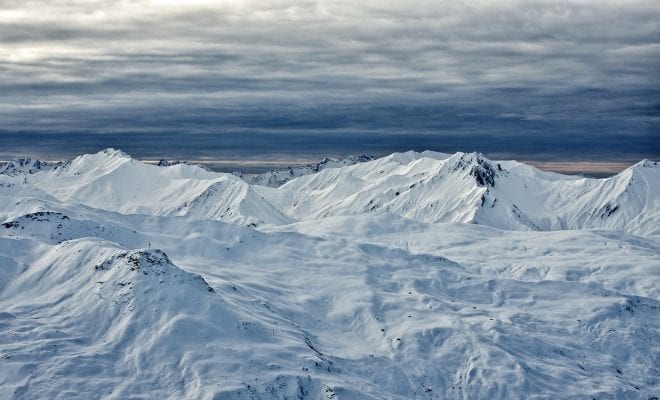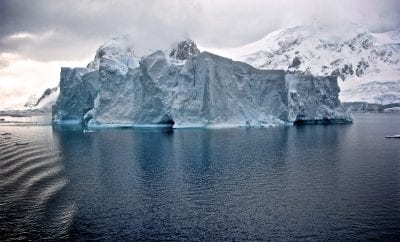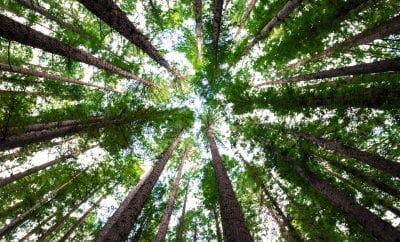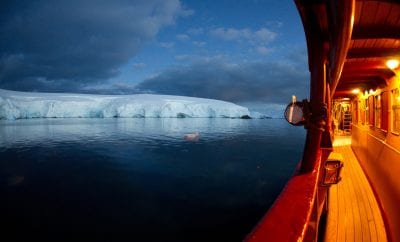
News
Deadly Lifeforms Lurk Beneath the Frozen Permafrost of the Arctic
Humans have lived alongside deadly bacteria and viruses for the entirety of history, and through the years, we have evolved to resist infection and they have developed new ways of infecting us. With the advent of antibiotics, we greatly increased our chances of fighting back bacteria, but we are now faced with antibiotic-resistant bacteria. However, if we were confronted with a new type of bacteria or virus that humans have never come into contact with, it could spell out serious consequences.
Due to climate change, permafrost located in the northern hemisphere of the planet is beginning to melt, and what’s lurking beneath could be deadly. Contained within these soils are ancient viruses and bacteria that have lain dormant for thousands of years, and upon the melting of the permafrost, they are springing back to life.
In 2016, the Yamal Peninsula, a highly remote area of the Siberian tundra experienced more than 20 people being infected by anthrax and the death of a 12-year old boy. Doctors believe the inhabitants of this area were infected with this deadly disease after bacteria from a reindeer that died 75 years ago was thawed out under the permafrost. After temperatures rose, the permafrost melted, and the bacteria made its way into the water and soil, eventually entering the community’s food supply.

In addition to the townspeople, more than 2,000 reindeer became infected, drastically decimating the local population. This has left researchers wondering if this case is not just an isolated incident.
Frozen permafrost soil is an ideal place for bacteria to remain alive, yet dormant, for long periods of time. Some bacteria could even live as long as a million years, and with such a large swath of permafrost covering the Earth, it could harbor a horrific trove of deadly diseases. A report out of the Arctic Council warns that up to 20% of permafrost is at risk of melting by 2040.
Deadly diseases lurking beneath the permafrost have already cropped up in various places throughout history. In the early 20th century, more than a million reindeer died from anthrax infections. Scientists have even found fragments of DNA from the Spanish flu virus that decimated the world in 1918, causing the deaths of millions. Bubonic plague and smallpox are also thought to be buried somewhere beneath the permafrost.
Scientists have already been successful in reviving bacteria that has been frozen for millions of years, so we know that these dormant diseases are still very capable of causing significant damage to our species. Recently, a 30,000 year old virus that had been trapped under many feet of permafrost was successfully revived, and was quickly shown to be infectious once again.
As the climate continues to warm, we face the risk of greater melting in the arctic tundra. While we have no way to really fully understand what lurks beneath these great sheets of permafrost, we do know that the threat is out there, and we need to be prepared.





0 comments